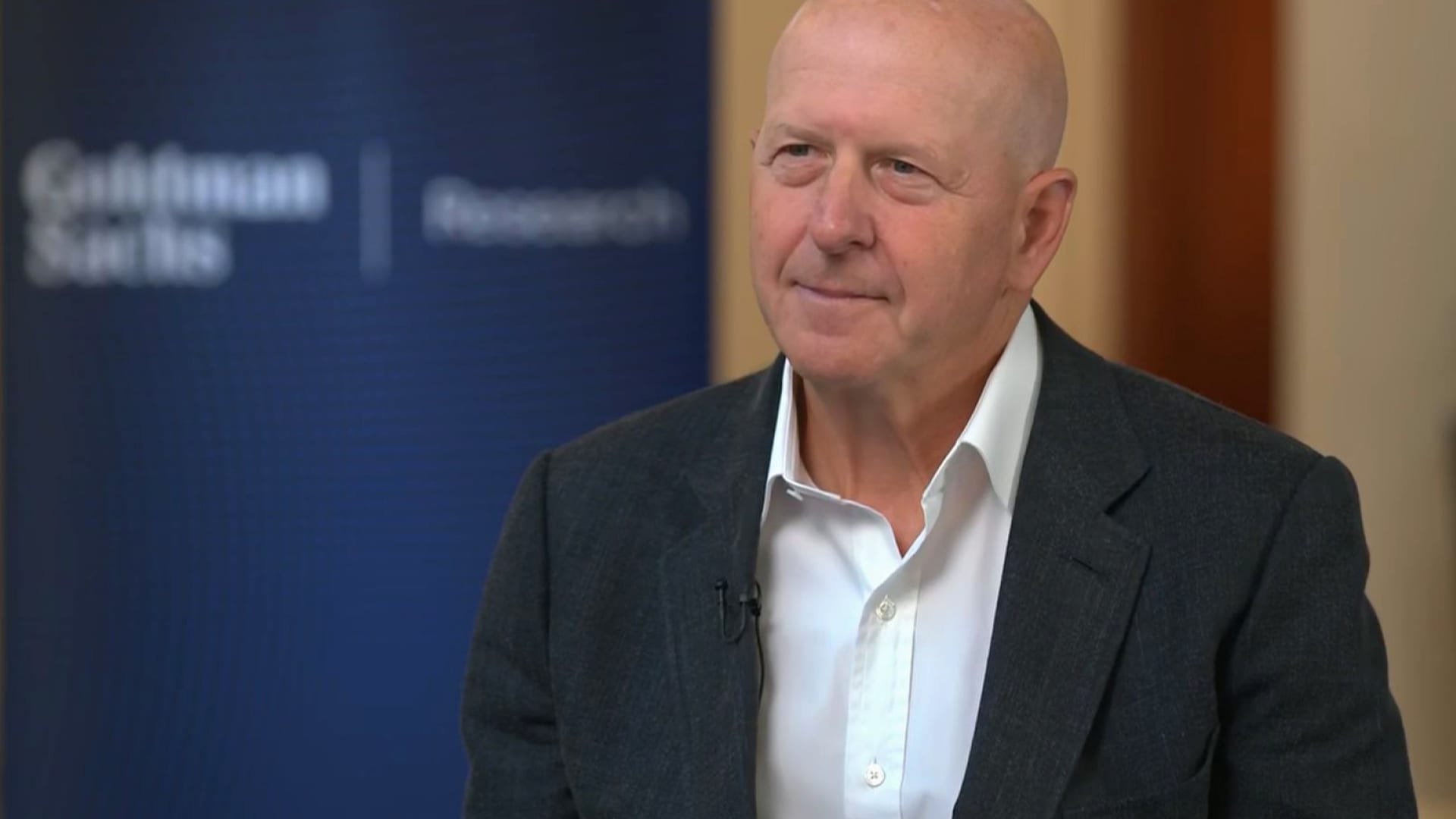Saving for college is an endurance test, a forced march in a parade that often lasts 50 years, where strange numerical codes and meaningless jumbles of letters mark a route that Waze cannot trace.
Start at age zero or earlier with a 529 college savings plan for your child, whether born or not. When children reach their teens, check college net price calculators (NPCs) to see how much financial aid they might receive.
Next, complete the FAFSA, which stands for “Free Application for Federal Student Aid,” and determine your student aid index (SAI). The primary result of the FAFSA used to be known as EFC, or “Expected Family Contribution,” but a recent legislative effort aimed at “simplification” replaced one acronym with another.
Admitted to a big school? Good, but the grant money you offer based on that EFS or other data or the numbers produced by another form, the CSS Profile, probably won't be enough to make college affordable. Therefore, you could apply for a federal Parent PLUS loan, which could take 25 years to repay.
As the acronyms pile up, parents may feel the need to backtrack and ask a perfectly reasonable question: Why does it have to be this way?
The complexity comes from countless well-intentioned people (in and out of government) who have made incremental improvements over decades to increase access to higher education. Because a college degree can add a lot to a person's income and wealth if they finish their degree and have not gone into too much debt, it is good public policy to try to make it more affordable for more people.
But as income inequality and college costs rise, each new group of freshmen requires more and more help. More counselors, programs, regulations, and aid almost inevitably lead to conflicting advice, new rules, strange loopholes, and bad actors.
“We don't have anything even remotely resembling a coherent system of higher education in this country,” said Brian Rosenberg, president emeritus of Macalester College and visiting professor at the Harvard Graduate School of Education.
To wit: unlike many countries around the world, the United States lacks large, easily accessible national public universities. Instead, states developed their own flagship schools and regional branches, and the extent to which they subsidize their residents waxes and wanes as political considerations change and the economy struggles.
So while Americans have many options, including community colleges that allow almost anyone to enroll, they aren't necessarily affordable. One big reason (though not the only one): “When more people wanted to go, it became more expensive because states weren't willing to pony up enough money for everyone to do it,” said Sandy Baum, a higher education economist and Senior Fellow at No. Urban Institute resident.
Private universities first emerged in the United States in the 17th century and had to invent and perfect financial aid as they grew. Some extended their largesse to a small number of low-income students who couldn't afford to pay anything, while many others used wealthy students' tuition money to cross-subsidize those with lower incomes.
That helped, but not enough. An elaborate menu of federal assistance was developed, including loans for both parents and students; money for campus jobs; and direct grants for low-income and other students.
States developed their own loan and grant programs. Each also created 529 savings plans (often two plans per state) and tax incentives of various kinds for people to use them.
As tuition increased, people struggled to make their loan payments. The federal response was widespread: paying off debt in bankruptcy became more difficult, while paying off debt while working in public service or if your income remained low became easier.
Easier at least on paper. The Department of Education hired outside loan servicers to collect debt payments and advise confused young people who called for millions. Servicers gave a lot of bad advice, such as telling people they had to keep making loan payments during the early years of the pandemic in order to remain eligible for the Public Service Loan Forgiveness Program.
Direct grants from the federal government (money that families don't have to pay back) were never particularly generous. That left most schools scrambling to assess applicants' ability to pay the additional amounts and guess their willingness to do so.
To measure ability to pay, many of the more expensive schools required that second form, the CSS Profile, which asked for information on things like the equity in a family's home, if they owned one.
Complicated? Sure. Aggravating? Maybe. But schools at least strive for equity, when, for example, determining whether home equity was an asset a family should leverage to go to college.
“Two families with the same income, one of whom rents and the other owns, are not in the same economic situation,” Baum said. Schools would then ask for a portion of the home's equity each year, or none at all if they could afford to meet a family's financial needs without asking them to tap into it.
As list prices rose, fewer families with the means to pay full price (or the ability to borrow) were willing to do so. Now, all but about 35 of the schools that reject the highest percentage of applicants – and are therefore mostly protected from the laws of supply and demand – must offer financial incentives to at least some of the wealthy admitted students to get them to attend.
Schools refer to this as merit aid: presidential scholarships, academic scholarships, and the like. You may get nothing at all, or you may get more than $100,000 in four years, but you often don't know how much that will be until you've paid an application fee and waited months for an admissions offer—and a quote.
“I don't think colleges are incentivized to streamline merit aid,” said Rosenberg, who has worked at three colleges that offer a lot of aid. “The reason they don't want to do it is simply because it sounds disgusting. 'We'll give money to students who don't need it' because if they decide to come, it will be beneficial to their bottom line.”
But he doesn't blame them, since without it a school might not get enough students. People like expensive things, so a private college could keep its list price at $70,000 and then discount it by 50 percent on average. If you can get a student to say yes with a $15,000 merit aid offer, that $55,000 is $20,000 better than your average $35,000.
However, no one needs to know that. “What sounds much better is, 'We're giving merit scholarships to great students,'” said Rosenberg, author of “Whatever It Is, I'm Against It: Resistance to Change in Higher Education.”
It's not just private universities that create these problems, either. Word spreads about the mess (multi-step applications, lots of debt) and many students who could benefit most from college never bother to apply. “Low-income students can basically already go to community college for free,” said Beth Akers, a senior fellow at the American Enterprise Institute. “So complexity becomes the barrier.”
Without some form of federal regulation or new laws, opaque pricing and steep discounting will continue. And yet, some existing state laws encourage bidding for students. The University of Alabama, for example, has proven adept at using merit aid to attract out-of-state students at net prices that still work well for the school. Eventually, the Illinois legislature grew tired of it and created a new program to prevent smarter teenagers from taking their talents to Tuscaloosa.
However, when schools get together to try to bring more order to pricing procedures, other branches of the federal government can step in to stop it. At an infamous 2013 meeting, a group of private college presidents mulled a voluntary laying down of arms based on merit aid so that there wouldn't be so many underbids. The Justice Department found out and sent letters to attendees asking them to preserve all documents for an antitrust investigation. Nobody went to jail or anything for this, but these kinds of discussions no longer take place in large rooms with lots of people.
Reasonable proposals do not receive a hearing in Congress or remain stalled for years in various committees. For example, there is no universal net price calculator. A bill that would allow people to enter their data once and get results for each school has languished.
Applicants entering college often receive so-called award letters—term sheets, really, explaining prices. Over the years, they have included more than 100 different terms for unsubsidized federal student loans, with no legislation or regulation standardizing the communication. “Being understandable instead of incomprehensible would be a good thing,” said Catharine Bond Hill, former president of Vassar College and CEO of Ithaka S+R, a consulting firm.
Any attempt to simplify things (and stop scaring people) is welcome. But for Rosenberg, the efforts may also prove insufficient. After all, complexity is the result of tens of millions of people trying to pay for hundreds of different types of degrees from thousands of schools: for-profit and nonprofit, religious and secular, state and private. The choice is all American and there is no need to narrow down the menu much.
However, college could be cheaper and that could solve a lot of problems. “If the cost of producing education continues to rise, you're chasing a rabbit you'll never catch,” Rosenberg said. “Making it less expensive is the only way it will be more accessible.”
Ron Lieber is a Your Money columnist for The New York Times and the author, most recently, of “The price you pay for college.”










